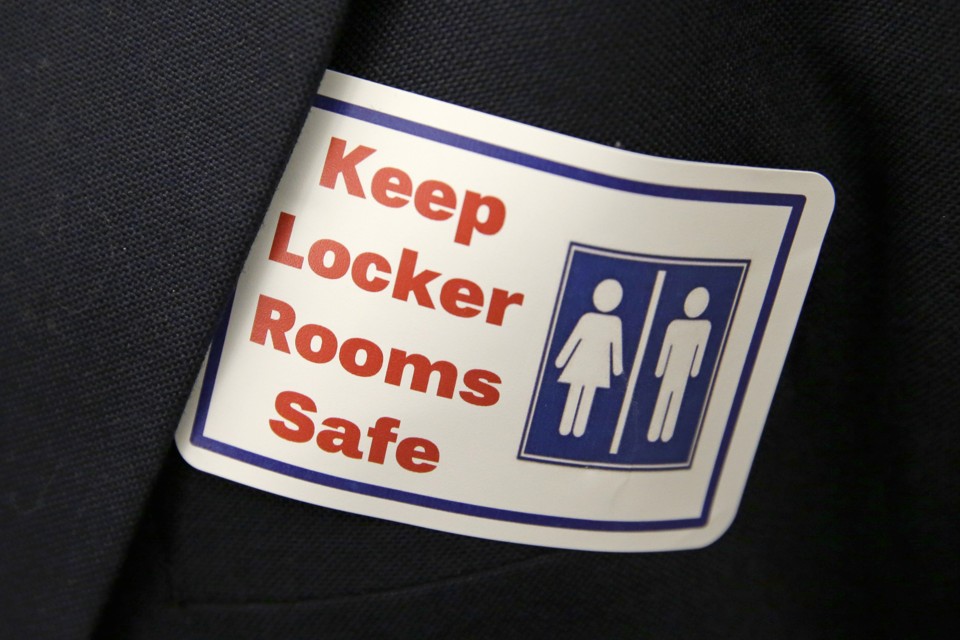The Power Struggle Over Transgender Students
Who should have the ultimate say over school policies pertaining to trans youth?

Last year, states across the country considered 17 bills that would’ve regulated transgender people’s use of sex-segregated spaces such as bathrooms. None of them passed. But the reality is looking a lot different this year: Twenty-nine such bills, many of them school-specific, are making their way through state legislatures so far, according to an analysis by the Human Rights Campaign. And they include one out of South Dakota that is very close to becoming law.
That bill, which was passed just last week by the state’s Senate and as of Wednesday was awaiting approval by Republican Governor Dennis Daugaard, would prohibit transgender students in public schools from using bathrooms and locker rooms that don’t match with their biological sex; if requested, schools would have to provide “reasonable” accommodations for transgender students, such as single-occupancy or unisex restrooms. The legislation is important because it would set a precedent—South Dakota would be the first state to enact such a law—and because many of the bills under consideration elsewhere are, not coincidentally, almost identical. It also shows how prickly things get when the federal government and local jurisdictions vie for control over what happens at the nation’s public schools.
As I reported last year, K-12 schools are becoming ground zero for clashes over LGBT rights. On the one side are those who fear that allowing transgender children to use facilities based on their gender identity—allowing a student who was born a boy but identifies as a girl, for example—violates other students’ privacy rights and threatens their safety. On the other are those who say such rules, even when they prescribe special accommodations, make transgender students vulnerable to harassment and can pose logistical challenges that undermine their academic performance and overall campus experience. Student surveys conducted by the Gay, Lesbian, and Straight Education Network (GLSEN) show that rules barring transgender students from using the facilities of their choice often end up discouraging the students from using them altogether; some of them end up skipping school. GLSEN has concluded that “policies and practices that enforce gender segregation” promote a sense of hostility on campus.
The same arguments are being disseminated in the media as the South Dakota proposal sits on the governor’s desk.
“South Dakota didn’t pick this fight—it was the parents and kids who call our organization every week … trying to maintain the privacy and safety of the people who don’t want to see this happen,” said Jeremy Tedesco, the senior counsel for The Alliance Defending Freedom, a conservative Christian nonprofit that helped precipitate many of the recent transgender-student bills. “We have to find a way to balance everybody’s interests in these equations.” The alliance released amodel policy in December 2014 that was distributed to school districts A South Dakota Bill Shows How K-12 Schools Are Becoming a Hotbed for Debates Over Transgender Students - The Atlantic:
